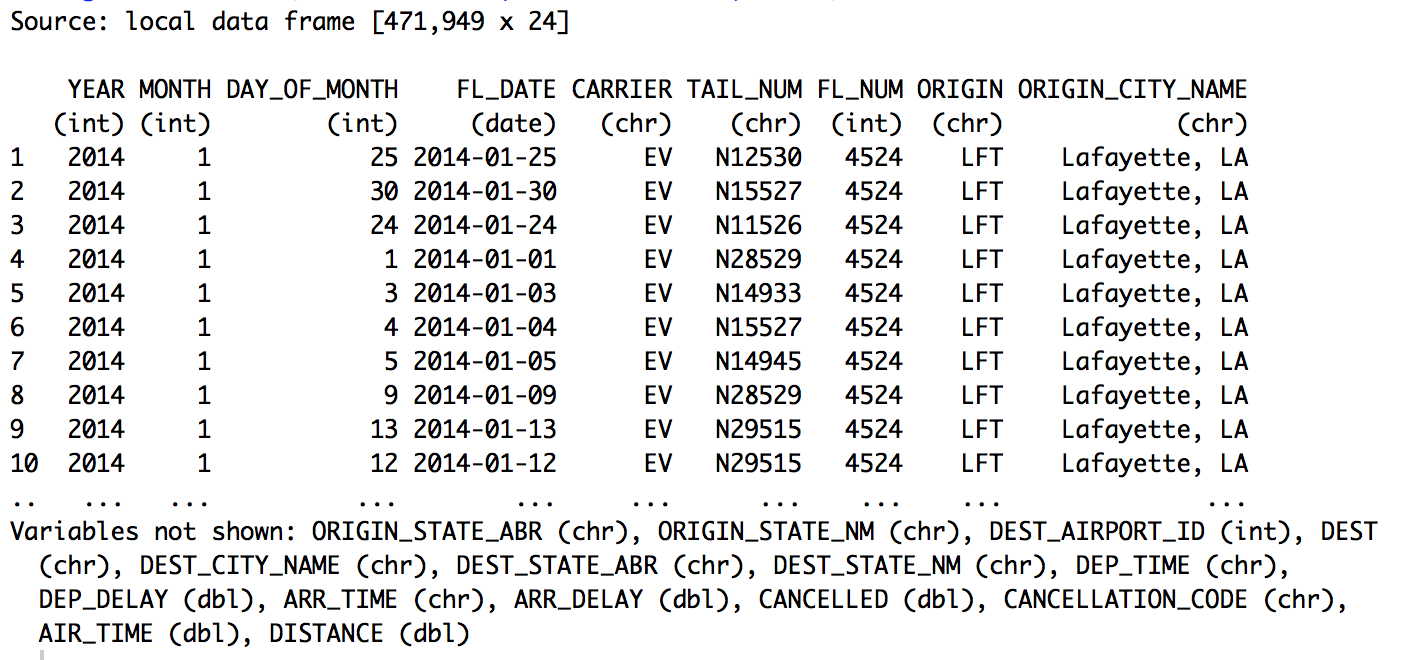
We can use this function to rename a single or multiple columns of a.
#R rename column how to
Median :26.00 Mode :character Median :35. In R, we can access the column names of a DataFrame using the colnames() function. Example how to use grepl: x while in the shell it is but the concept is the same Tip: Renaming data frame columns in dplyr. When I run the function summary (), that is not what I get, as you can see below.ĭat <- my_data(sex=sample(c("Frau", "Mann"), 10, replace=TRUE)) The fictitious data below should be binary, meaning almost all answers should be coded 0=no and 1=yes, or 0=female and 1=male. readjson (rPath where you saved the JSON fileFile Name. Sorry for bothering with something so obvious, but here is my problem still. Then, we use pandass rename function to rename columns in the final. Let’s have a look how the data looks like:


For further illustration, I’m going to show you in the following tutorial how to rename a column in R, based on 3 reproducible examples.įor the following examples, I’m going to use the iris data set. How to Rename a Column Name in R 3 Examples to Change Colnames of a Data Frame ( ) ( ) OldName <- NewName Change colnames of all columns. Both functions will rename the columns in a data frame, but the rename function can save the new data frame to a new object, while the names. There is the names function, which is a base r function, and the rename function is from the dplyr package.


#R rename column code
However, depending on your specific data situation, a different R syntax might be needed.ĭo you need to change only one column name in R? Would you like to rename all columns of your data frame? Or do you want to replace some variable names of your data, but keep the other columns like they are?Ībove, you can find the basic R code for these three data situations. When you need to rename multiple columns in r there are two different formulas you can use.


 0 kommentar(er)
0 kommentar(er)
